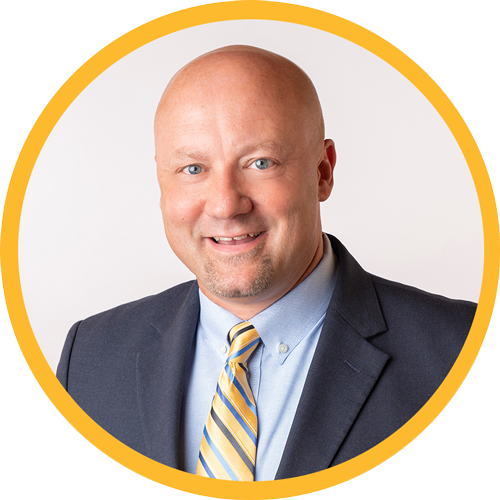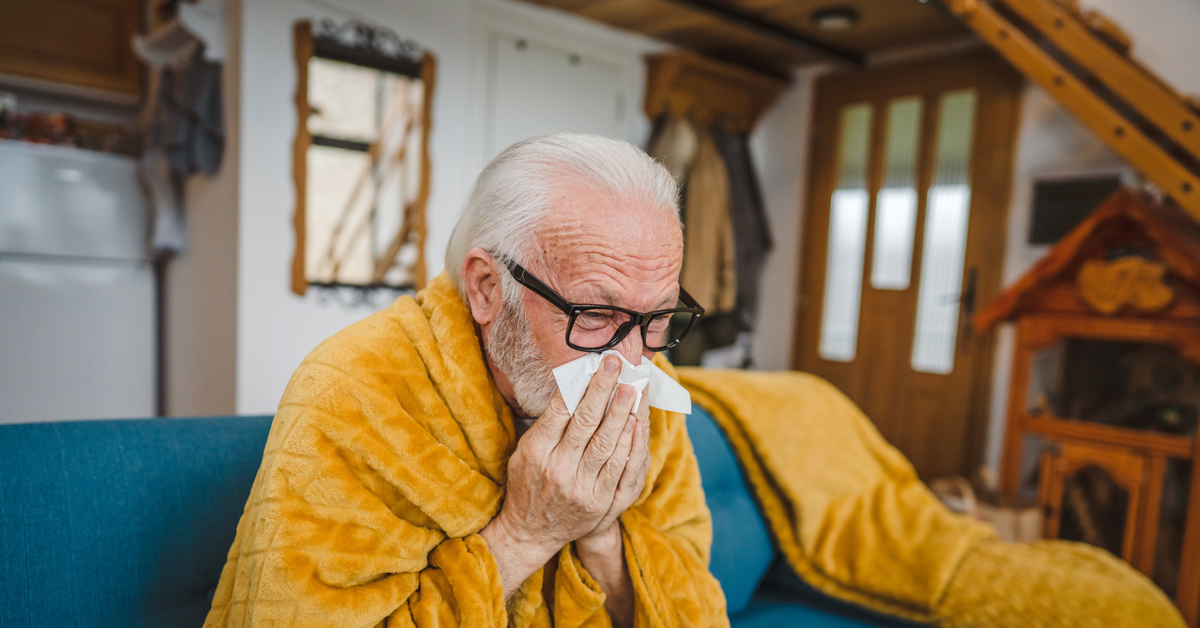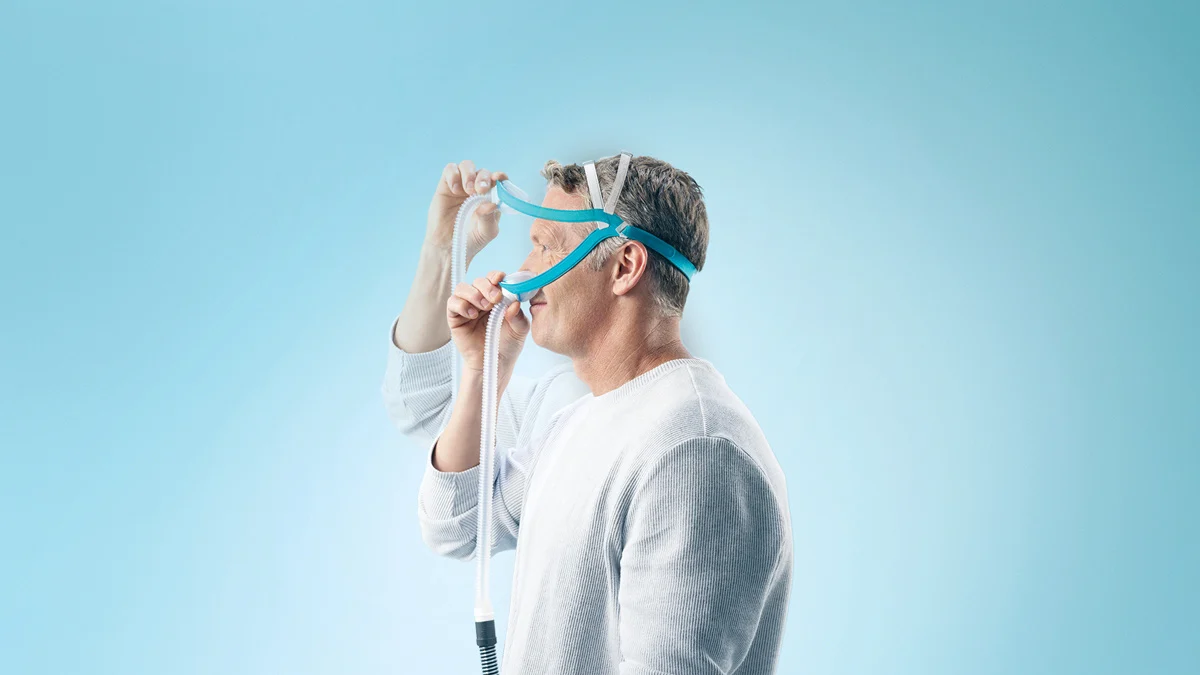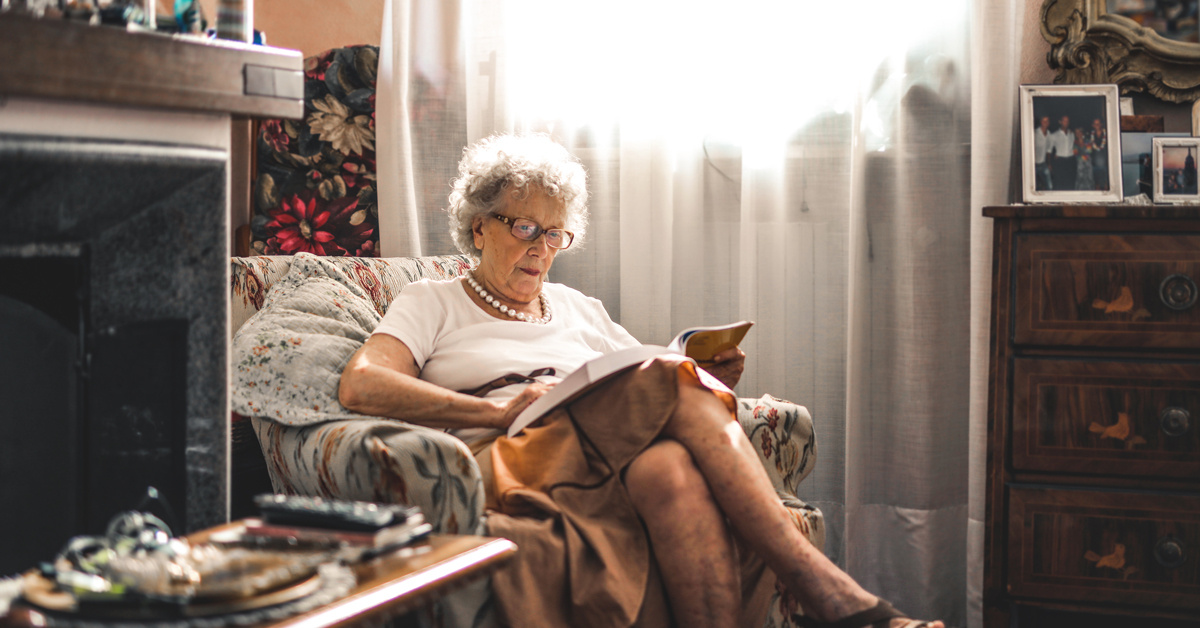A Comprehensive Guide for Children and Sleep Apnea
In recent years, the prevalence of sleep apnea among children has been on the rise. While it may not be considered very common overall, parents must be aware of its potential impact on their child's health and well-being. In this blog post, we'll delve into what sleep apnea is, its symptoms, causes, diagnosis, treatment options, and when to seek medical attention.
"An estimated 2 to 3% of children are thought to experience sleep apnea, a figure that can climb as high as 10 to 20% among children who frequently snore. As a parent, knowing the signs and treatment options is essential," says Robert Miller, Apria's Vice President of Sleep Business.
What is Sleep Apnea?
Sleep apnea in children can manifest in two primary forms: obstructive sleep apnea (OSA) and central sleep apnea. OSA occurs when a child's airway becomes blocked during sleep, hindering their ability to breathe properly. On the other hand, central sleep apnea arises from a disruption in the brain's signaling to breathe effectively. Just like adults, OSA is much more common in children than central sleep apnea.
Identifying Symptoms of Sleep Apnea in Children
While children may exhibit similar symptoms to adults, there are specific signs that parents should be attuned to, including:
- Snoring (which is uncommon in children)
- Snorts or gasps between breaths
- Restless sleep
- Bedwetting
- Daytime sleepiness
- Attention and behavioral problems
- Sleep talking
- Irritability
- Morning headaches
- Difficulty controlling emotions
Understanding the Causes of Sleep Apnea
Several factors can contribute to the development of sleep apnea in children, including:
- Obesity
- Enlarged tonsils and adenoids
- Underlying medical conditions (e.g., Down syndrome or cerebral palsy)
- Family history of sleep apnea
- Exposure to cigarette smoke
- Structural issues such as a small jaw or overbite
Diagnosis and Treatment Options
Unlike in adults, at-home sleep studies are generally not used for diagnosing sleep apnea in children. Instead, healthcare providers may recommend a polysomnogram (overnight sleep study) or oximetry to assess breathing patterns and oxygen levels during sleep.
Treatment options for pediatric sleep apnea may include:
- Surgical removal of enlarged tonsils and adenoids (adenotonsillectomy)
- Continuous positive airway pressure (CPAP) therapy
- Myofunctional therapy (mouth and throat exercises to strengthen muscles and breathing)
- Orthodontic devices to improve airflow
When to Seek Medical Attention
Parents should consult a healthcare provider if they notice abnormal sleeping patterns or behavioral concerns in their child. Since sleeping disorders often manifest through behavioral issues, it's essential to address any changes in your child's sleep habits promptly.
Understanding the signs, symptoms, causes, and treatment options for sleep apnea in children is crucial for parents to ensure their child's overall health and well-being. By being proactive and seeking medical guidance when necessary, parents can help their children get the support they need for restful and rejuvenating sleep.
References
Gouthro, Kathryn, and Jennifer Slowik. “Pediatric Obstructive Sleep Apnea.” U.S. National Library of Medicine, May 1, 2023.
Gustave, Jodi E., ed. “Obstructive Sleep Apnea (for Parents) | Nemours Kidshealth.” KidsHealth, November 2021.
“Pediatric Obstructive Sleep Apnea.” Mayo Clinic, July 29, 2023.
“Pediatric Obstructive Sleep Apnea.” Yale Medicine, October 28, 2022.
LEGAL DISCLAIMER: Material in this newsletter is provided for general health education and informational purposes and to provide references to other resources only; it may not apply to you as an individual. While Apria Healthcare believes that the information provided through this communication is accurate and reliable, Apria Healthcare cannot and does not make any such guarantee. It is not intended to be a replacement for professional medical advice, evaluation, diagnosis, services or treatment (collectively, “medical treatment”). Please see your healthcare provider for medical treatment related to you and your specific health condition(s). Never disregard medical advice or delay seeking medical care because of something you have read on or accessed through this website. Reading this newsletter should not be construed to mean that you have a healthcare provider/patient relationship.






